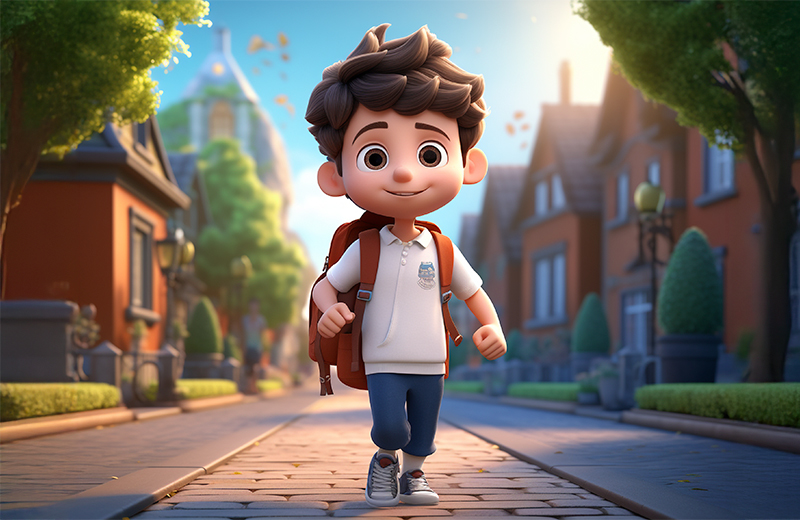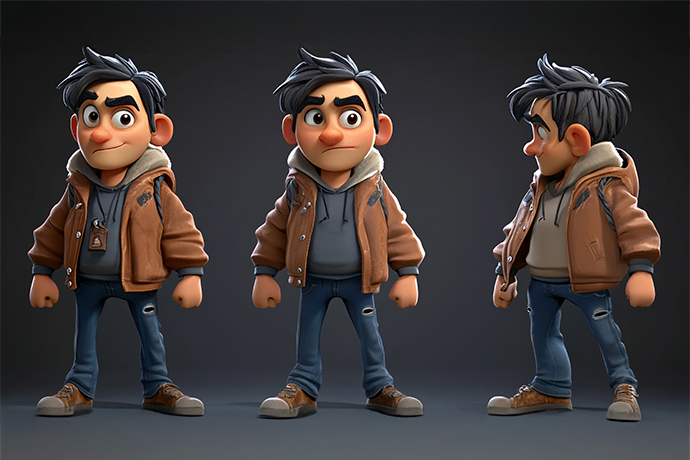
- October 24, 2024
- MAAC
- 0 Comments
- Animation
The Art and Science of Character Animation Design: A Comprehensive Overview
1. Introduction to Character Animation Design
Character animation design is pivotal in modern media, influencing how stories unfold and how audiences engage with characters. From films and games to virtual reality, this art form brings characters to life, allowing them to move, emote, and interact dynamically with their environment. As media evolves, the demand for realistic, engaging characters continues to rise, placing character animation at the forefront of entertainment.
2. Key Elements of Character Animation Design
Creating compelling animated characters requires a deep understanding of several key elements. Anatomy forms the foundation, ensuring that characters move in believable ways. Whether human or mythical, animators must grasp how bones and muscles function to create natural movement. Another vital aspect is the character’s personality. Every character must have distinct traits, expressed through facial expressions, gestures, and interactions that align with their role in the story. Additionally, timing and spacing are essential for making the movements fluid and immersive, emphasizing weight, speed, and the physical impact of a character’s actions.
3. Tools and Software in Character Animation Design
Professional character animation relies on advanced tools and software. Programs like Autodesk Maya, Blender, and ZBrush are industry standards, providing animators with the necessary capabilities for 3D modeling, rigging, and animation. Each software serves different functions; Maya is popular for versatile animation and visual effects, Blender offers an open-source platform for 3D artistry, and ZBrush excels in sculpting intricate details on characters. Proficiency in these tools is crucial for animators seeking to create detailed, high-quality animations.

4. Creative Process Behind Character Animation
The creative process of character animation begins with conceptualization, where the character’s design, style, and backstory are developed. Storyboarding plays a key role here, outlining how the character fits within the broader narrative. Rigging follows, where animators construct the character’s skeleton, providing control over their movements. Rigging ensures the character moves naturally within their environment. The final stage involves bringing the character to life through animation, focusing on timing, motion, and expressiveness to ensure every movement is fluid and consistent with the character’s personality.
5. Career Prospects in Character Animation
As technology evolves, character animators find growing opportunities in industries like film, gaming, advertising, and virtual reality. The demand for talented animators spans across various sectors, with roles such as 3D artist, rigging specialist, and character designer becoming increasingly vital. For students exploring animation courses after 12th, the immersive and interactive nature of today’s entertainment experiences amplifies the need for skilled character animators who can craft lifelike, emotionally resonant characters for both passive and active media experiences.
Conclusion
At MAAC Pune Satara Road, aspiring animators gain both the artistic and technical skills necessary to excel in character animation design. With comprehensive training in key areas such as anatomy, motion, personality development, and industry-standard tools, students are well-equipped to thrive in a rapidly evolving industry full of exciting opportunities. Through expert guidance, they develop the creativity and technical expertise needed to create captivating characters that engage and move audiences.


Leave a Comment
You must be logged in to post a comment.